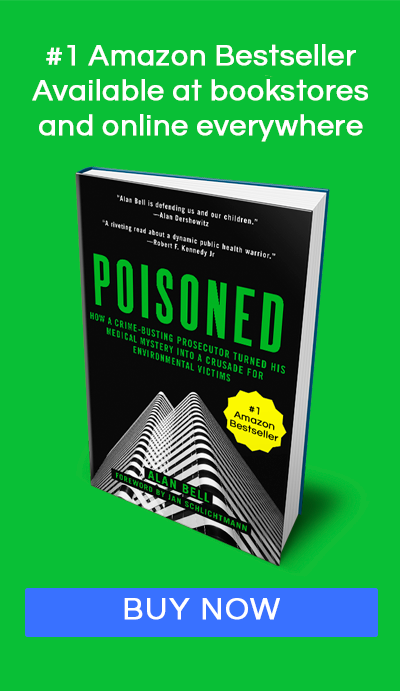A friend of mine was recently appalled when a man next to her pulled out a cigarette and began smoking, even though she was visibly very pregnant. We try to avoid obvious pollutants and adhere to physician recommendations when we feel vulnerable. But sometimes, the most hazardous environmental factors are ones that are more difficult to notice.
As we approach February — National Cancer Prevention Month — I want to call attention to a hidden, cancer-causing danger that can be found in your home.
You can eat healthy, exercise, avoid alcohol, abstain from smoking and drugs, yet, still get lung cancer. Dana Reeve, the wife of “Superman” (Christopher Reeve), didn’t smoke, yet died of lung cancer when she was only in her 40s.
You may avoid smoking because of the association with lung cancer. But, did you know that radon is actually a leading cause of lung cancer in the United States? Radon gas is found inside many homes. Was it inside Christopher and Dana Reeves’ home? Quite possible!
What is Radon Gas?
It’s an invisible, odorless, naturally occurring substance that comes from the earth.You have no inkling of its presence. You can breathe it in everyday in your home or workplace without realizing its dangers.
Radon is radioactive and permeates through the ground into the air space where you live.
If you have any cracks or crevices in your foundation, radon can easily creep through those cracks.
It may seem intimidating or overwhelming to try to protect your family from something you can’t see or smell, but you can take simple steps to protect those you love and ensure you’re breathing in radon-free air, without becoming an alarmist.
Here are three easy ways:
- Check out this map and reference the radon hotspots. Different parts of the United States are more prone to radon. It’s more heavily in the ground in certain geographical locations. However, even if you aren’t in a hotspot, it is still possible that radon is present.
- Buy a home radon test kit from Amazon or at Wal-Mart, or reference consumer reports prior to a purchase. These simple and inexpensive tests are only about $30. You open a cannister that takes air samples, and you can ship it back to a lab, and they will tell you if you have radon in your home.
- If you do have radon in your house, then meticulously search for cracks and seal them up. You can hire a professional to do the job for about $1200 for an average sized house.
Protecting those you love isn’t complicated and the investment greatly outweighs the risk. You can do more than avoid second hand smoke. Be aware of the environmental hazards.
You can take a lot of other simple steps to help protect the air that you are breathing. For example, something as minor as regularly opening up your windows will help. When you get fresh air in your house, then you will be able to get the radon out of your house. Check out my recent post of 21 tips for more ideas.


